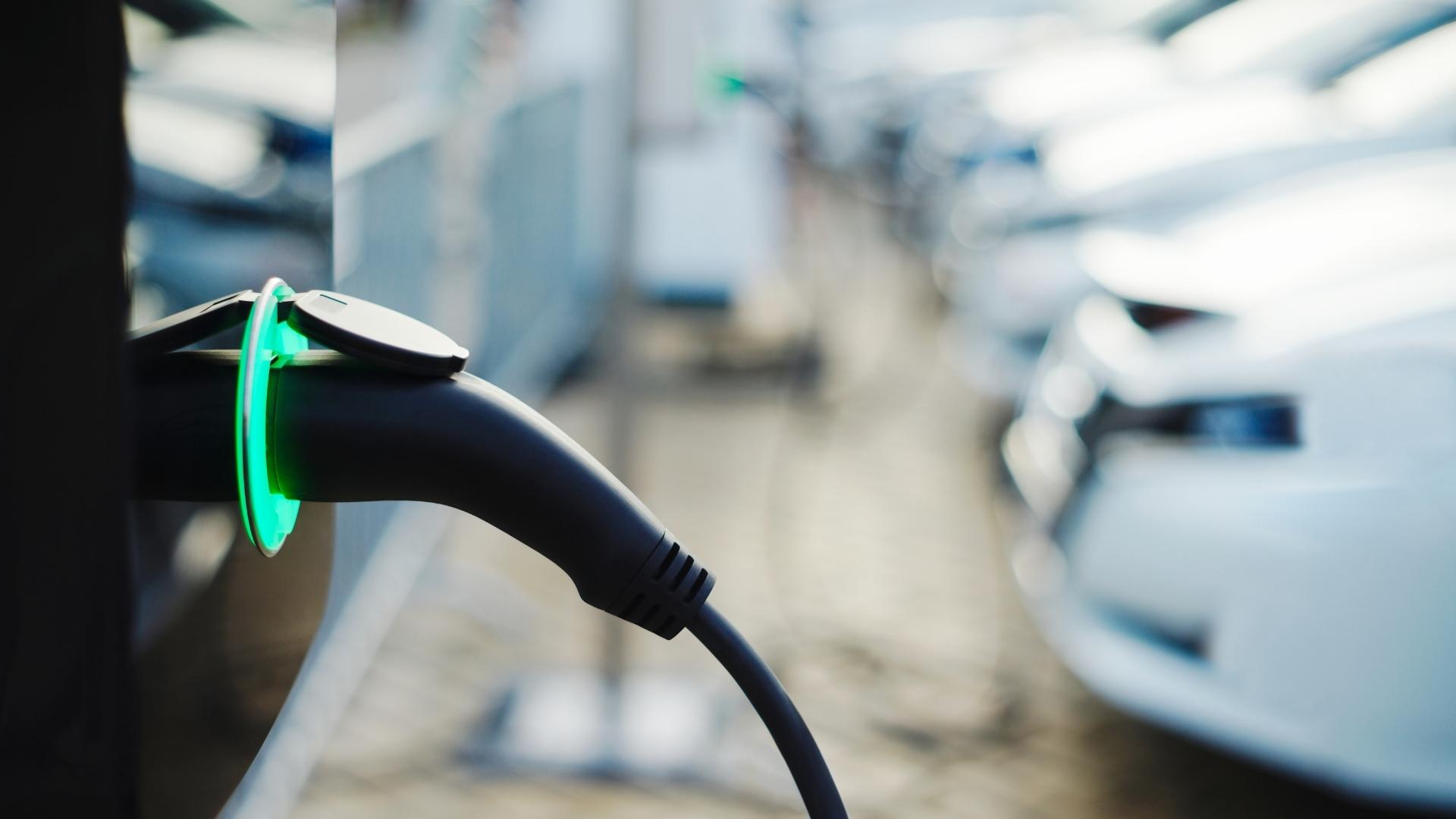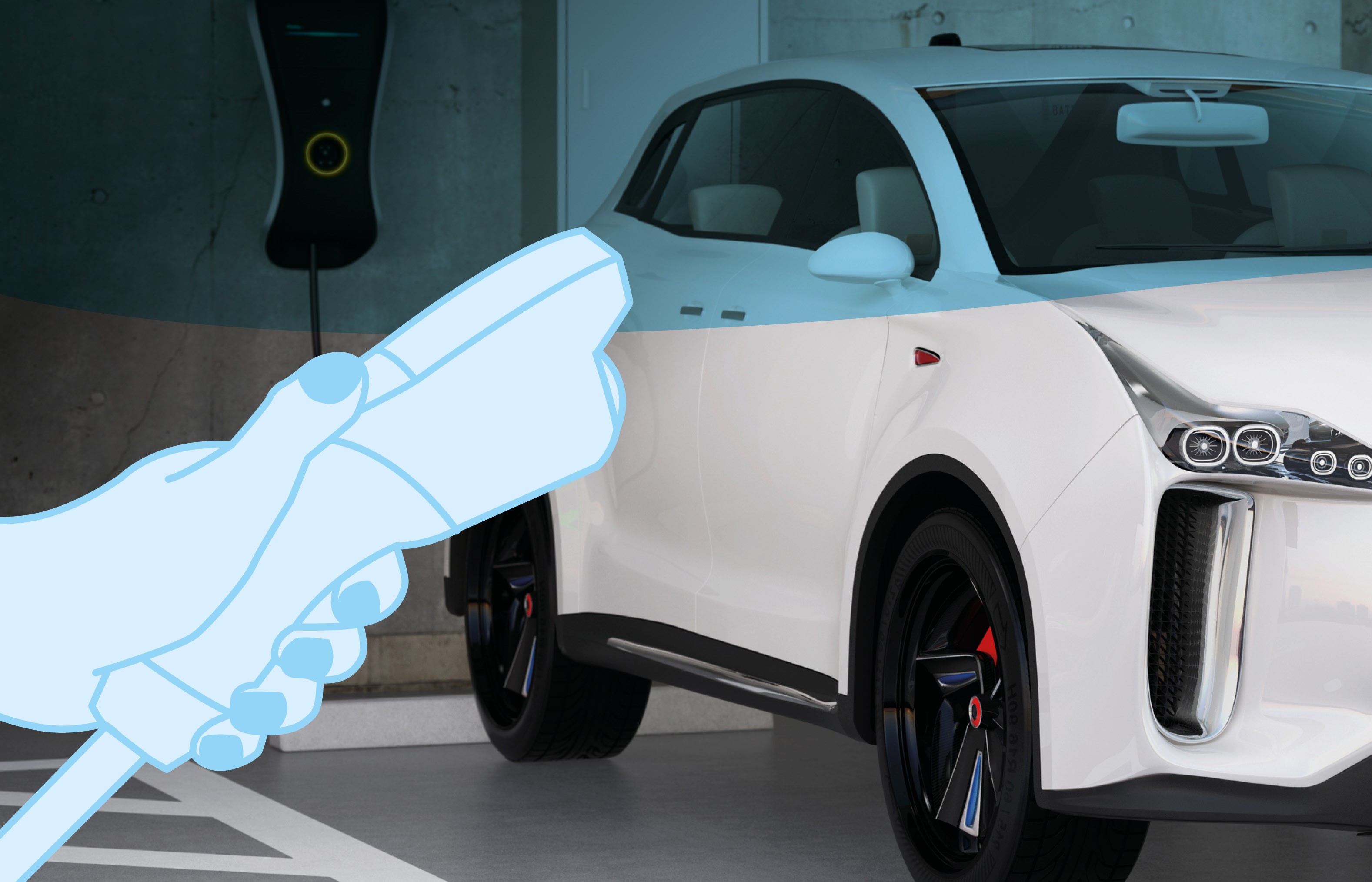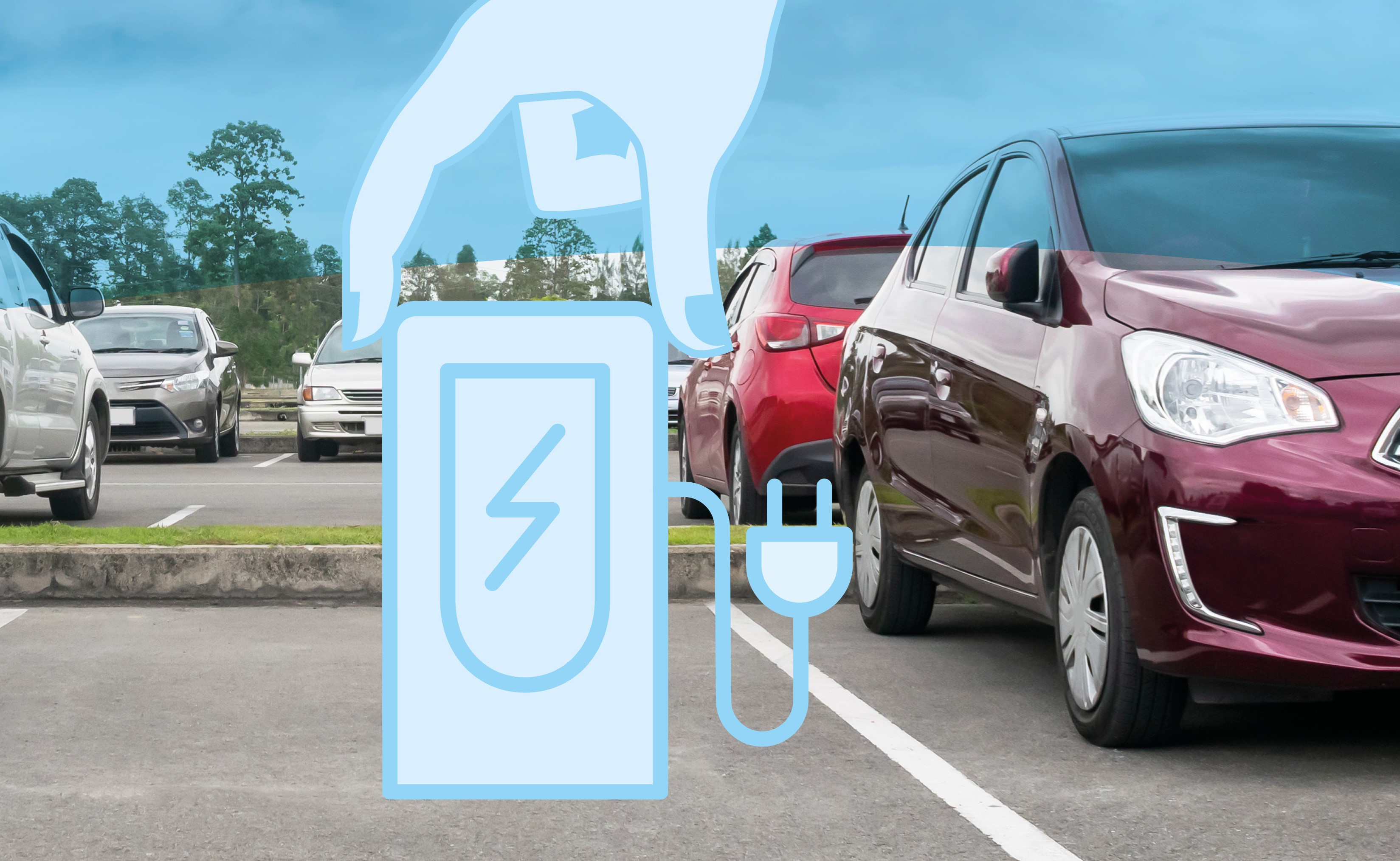Before making any decision on the deployment and operation of a local charging infrastructure, those responsible within the municipality should examine the exact needs for the charging infrastructure.
Generally speaking, the number of electric vehicles is currently rising steadily. As of July 2022, 5% of all cars (100% electric or plug-in hybrid) registered in Luxembourg can be driven electrically and be recharged via a plug. According to the Integrated National Energy and Climate Plan which sets the goal of achieving a 49% level of plug-in and electric vehicles nationally by the end of 2030, there is a need to significantly consolidate the charging infrastructure. This is all the more important as there are also plans to stop registering cars with internal combustion engines throughout the European Union from 2035 onwards.
However, the increasing electrification of vehicles does not necessarily mean that all public parking spaces will need charging stations in the future. The need for charging stations at individual locations depends on the management of the parking spaces (see MMTP parking strategy, publication expected November 2022) as well as the use of electric vehicles. (MMTP= Ministry of Mobility and Public Works)
If a resident's or cross-border commuter's car is used during the week, the average distance travelled during the day is 45 km (Luxmobil, 2017). This corresponds to an average energy consumption of 8 kWh for an electric car. These days, the batteries of newly registered 100% electric vehicles usually have a battery capacity of at least 50 kWh, so do not need to be charged daily but about once or twice a week, as needed. Plug-in hybrid vehicles, which also count as electric cars, usually only have a battery capacity of a maximum 10 kWh and must therefore be charged almost daily to allow operation on electricity alone.
Alternating current or direct current charging stations ?
As a rule, alternating current (AC) charging stations capable of charging with up to 22 kW are used as municipal charging infrastructure. However, many electric vehicles only charge up to 11 kW at AC charging stations but achieve much higher charging rates at direct current (DC) charging stations. These DC or fast chargers are currently the preferred choice for installation along motorways or main traffic routes, where the greatest possible amount of energy can flow into the battery of the electric car in the shortest possible time. In the future, however, these can also be deployed further away from main axes for short-term recharging. The specific charging capacity depends on both the capacity of the respective fast charger and the charging capacity of the connected electric car. However, the steady increase in electric vehicles means that in the future it may also make sense to set up larger (fast) charging facilities at other, perhaps more remote locations, and especially where the electricity grid can easily provide the required capacity. The aim is to serve residents who do not have any other charging options near their homes.
The installation of AC charging stations is recommended for most locations with a longer length of stay, for example in multi-storey car parks, supermarkets and shops, in front of restaurants, cinemas and local councils, or simply in residential areas. The vehicle owner can use the available charging option to recharge the electric car while they are otherwise occupied or overnight in their residential area. Fast chargers, on the other hand, make sense mainly if the electric vehicle is used to cover longer distances and there is only a short break during which the vehicle is quickly recharged. However, fast chargers can also be an alternative option for residents who have no other charging option close to home. It is important to note, though, that most vehicle manufacturers advise against recharging electric vehicles exclusively with fast chargers (the battery life suffers through fast charging).
All things considered, it can be assumed that the majority of charging processes will happen at private charging stations (at home or at work) and that a mixture of AC and DC charging stations will develop simultaneously. The pricing of the different charging processes should aim to promote the described charging behaviour.
In view of these requirements for the municipal charging infrastructure, the following questions become relevant and apply to both the local and the publicly accessible charging infrastructure:



